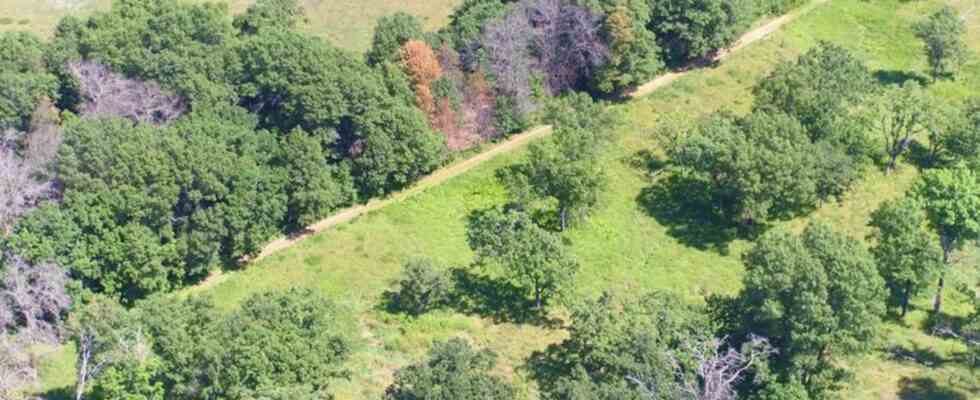renaturation
Set-aside areas recover only slowly without help
View of a set-aside agricultural area in the USA: According to a study, without active renaturation measures, set-aside agricultural areas only recover slowly and often not completely. photo
© Forest Isbel/iDiv/dpa
Researchers have discovered how long it takes for once-agricultural land to fully recover. It takes a long time.
Set-aside agricultural areas only recover slowly and not completely without active renaturation measures, even after decades. This was discovered by an international team, including researchers from the Center for Biodiversity Research (iDiV), the Helmholtz Center for Environmental Research (UFZ) and the Universities of Halle-Wittenberg and Leipzig.
The team compared 17 formerly agricultural grasslands in the US state of Minnesota with areas that had never been tilled. The fields had been shut down at various times from 1927 to 2015 and were analyzed up to 80 years after the conversion. “We wanted to find out how quickly and how completely agricultural land regains its original biodiversity,” explained lead author Emma Ladouceur.
As reported by iDiv, abandoned fields had not fully recovered even after 80 years. 63 native species had not settled at all, but more foreign grasses and weeds could be found.
The research results could help to improve renaturation. “This could be done, for example, by seeding or planting species that we know will not establish themselves in old fields, and by managing exotic species to reduce competition with native plants,” says Ladouceur .

